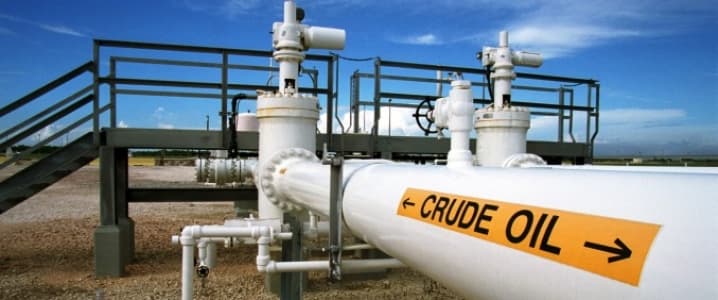Chinese conglomerate Yantai Xinchao has US$1 billion to blow and is looking to buy oil-producing assets in the Permian Basin as it moves aggressively to expand its Texas oil portfolio at a time of slumping oil prices and good deals.
The company already has two oilfields in Texas, which it bought last year for US$1.3 billion from two local companies.
According to the head of Xinchao’s U.S. subsidiary, Blue Whale Energy, the conglomerate is following an aggressive growth path, focusing on building a strong oil and gas portfolio in the U.S.
But it’s not just seeking participation in oilfields. Xinchao wants to be the operator of the fields it will buy, which will give it the final word in matters such as drilling depth and exploitation intensity. Related: U.S. Oil Rig Count Declining Again After Single-Week Reprieve
It’s no coincidence the Chinese company has focused exclusively on the Permian Basin. A majority of the play is still profitable at current crude oil price levels, while much of the U.S. oil patch is not. It also contains more oil per acre than any other U.S. play. For this reason, Xinchao is not alone in vying for acreage in west Texas. According to Bloomberg, besides energy companies, there are more than a hundred private equity enterprises seeking investment opportunities in the area.
The race is on, and the Chinese company, which—according to its profile on FT.com—is primarily engaged in real estate development and electronics, has a handicap. Any acquisition deal it wants to make has to be approved by the Committee of Foreign Investments in the U.S., a unit of the Treasury Department. This delays the deals and could make a seller change their mind, especially at a time when there are a lot of potential buyers, explains Blue Whale’s chief executive Curtis Newstrom.
However, this problem could be offset if Xinchao offers more money than its competitors—and if its aggressive approach proves to be as genuine as last year’s acquisitions suggest, it most likely will. Related: Why Chevron Is Investing $37B In The World’s ‘’Most Difficult Oil’’
China’s oil imports are growing. Teapot refineries are hungry for crude. They are processing oil at unprecedented rates and threatening to turn a crude oil glut into a fuel glut, according to Again Capital partner John Kilduff.
At the same time, prices are very conveniently rising, although it is far from clear that a rally above $50 barrier can be sustained anytime soon, as the effects of the supply disruptions that pushed prices up are starting to fade away, and fundamentals are once again going to prevail. Yet, the price trend is positive enough to have encouraged at least one shale producer, Pioneer Natural Resources, to think about adding more drilling rigs in its fields in the Permian.
After weeks of rig count cuts across the U.S. shale patch, this news could be the first sign of a revival for the shale industry, although $50 per barrel is still below the breakeven point for a lot of E&Ps.
For now, the Permian remains one of the most attractive shale basins in the country, which explains Xinchao’s aggressive move to acquire assets in the West Texas shale play.
By Irina Slav for Oilprice.com
More Top Reads From Oilprice.com:
- NATO Energy Security Threatened By Karabakh Conflict
- Oil On Firm Footing at $50?
- Is America’s Vision for Renewal Energy a Mirage?



















If such a trend continues, two things are a certainty, first, domestic oil production will not decrease, and second, the bulk of “excess” production will be exported to global purchasers resulting in foreign investors becoming domestic producers and competitors at the same time.
Reminds me of the adage, “watch what you ask for, you may not like what you’re gonna get”.